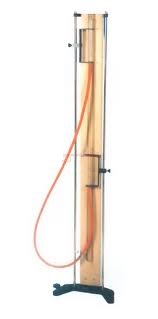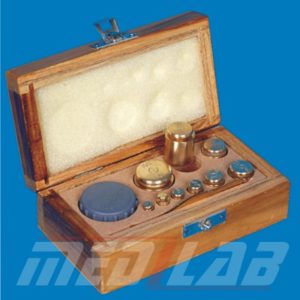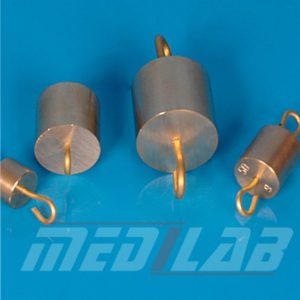Description
Boyle’s Law Apparatus is a device used to demonstrate Boyle’s law, which is a fundamental principle in the field of physics. The apparatus consists of a transparent tube, typically made of glass or plastic, with a movable piston or plunger at one end. The tube is filled with a gas, typically air, and the plunger is used to compress or expand the gas.
Boyle’s law states that at a constant temperature, the pressure of a gas is inversely proportional to its volume. This means that as the volume of the gas decreases, the pressure increases, and vice versa. The relationship between pressure and volume can be described mathematically as P1V1 = P2V2, where P1 and V1 are the initial pressure and volume, and P2 and V2 are the final pressure and volume.
The Boyle’s Law Apparatus allows students and researchers to observe this principle in action. By compressing or expanding the gas in the tube and measuring the resulting changes in pressure and volume, they can verify Boyle’s law and gain a better understanding of the behavior of gases.
Boyle’s Law Apparatus is commonly used in physics education and research, as well as in industrial settings where the behavior of gases is important, such as in the design of engines and other machinery.







